Rome, Italy, is one of the most historically significant cities in the world, with a rich and storied past that spans over 2,700 years. It has been a center of power, culture, and civilization for much of its existence. Here is a brief description of Rome’s history:
- Ancient Rome (c. 753 BC – 476 AD):
- Rome’s legendary foundation is traditionally dated to 753 BC by Romulus and Remus. It began as a small settlement on the banks of the Tiber River and grew into a powerful republic and later an empire.
- The Roman Republic, established in 509 BC, was known for its system of government and law, including the Twelve Tables and the Senate.
- The Roman Empire, founded in 27 BC, expanded through military conquest, reaching its zenith under the rule of emperors like Augustus, Nero, and Trajan.
- Rome was known for its monumental architecture, including the Colosseum, the Roman Forum, the Pantheon, and the aqueducts.
- The decline of the Roman Empire was marked by internal strife, economic problems, and external invasions, leading to the fall of the Western Roman Empire in 476 AD.
- The Middle Ages and Renaissance (5th – 16th centuries):
- Rome became the capital of the Papal States and the center of the Roman Catholic Church, with St. Peter’s Basilica and the Vatican as key religious landmarks.
- The city saw political and artistic flourishing during the Italian Renaissance, with figures like Michelangelo, Raphael, and Leonardo da Vinci contributing to its cultural heritage.
- Modern History (17th century – present):
- Rome was the capital of a unified Italy in the late 19th century, and this period saw the city expand and modernize.
- Mussolini’s Fascist regime had a significant impact on the city’s architecture and urban planning, including the construction of the Via dei Fori Imperiali.
- Rome played a crucial role in World War II, with the city suffering extensive damage during the conflict.
- After the war, Rome emerged as a global center for art, culture, and tourism.
Today, Rome is renowned for its historical sites, art, architecture, and cuisine. The city’s historic center is a UNESCO World Heritage Site, and visitors can explore ancient ruins, magnificent churches, and world-class museums. Rome’s history is visible in its streets, plazas, and buildings, making it a living museum of Western civilization and an enduring symbol of Italy’s cultural and historical legacy.

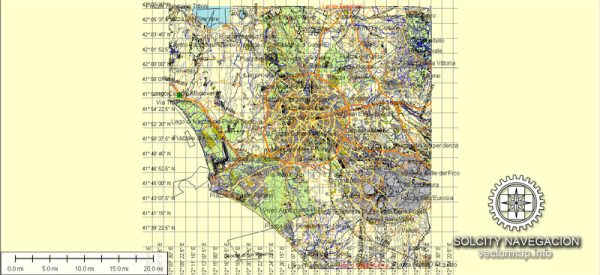
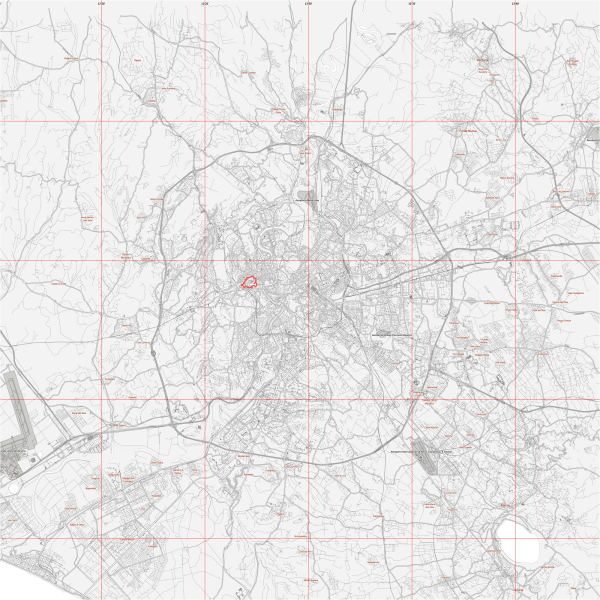
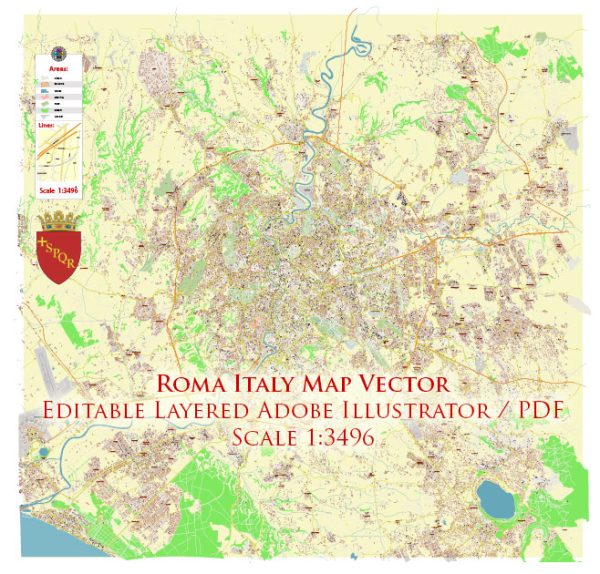
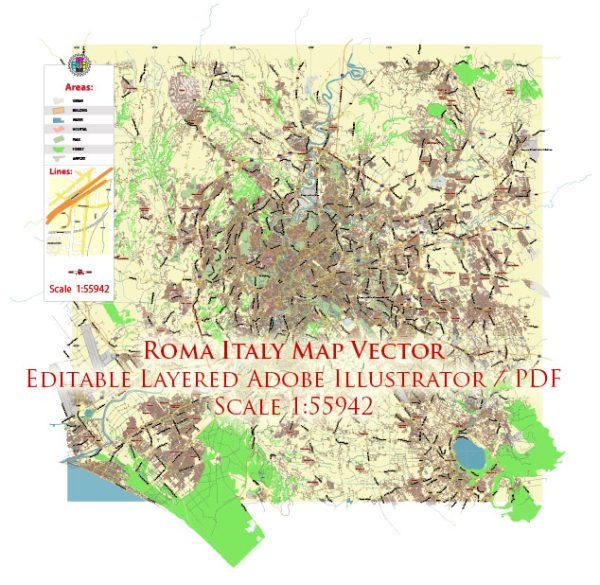
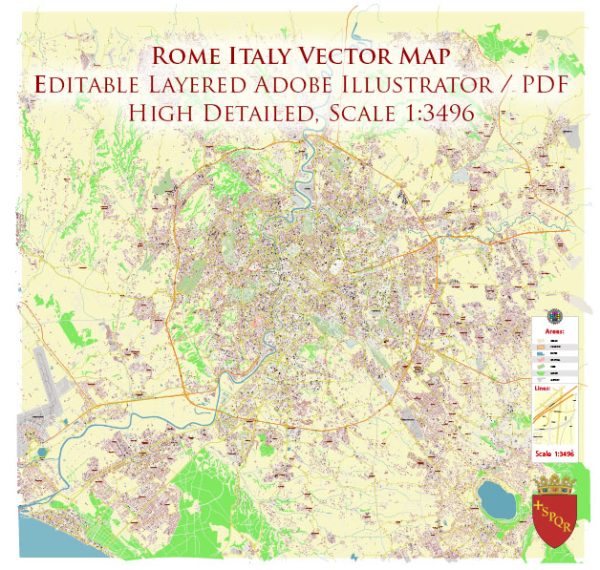
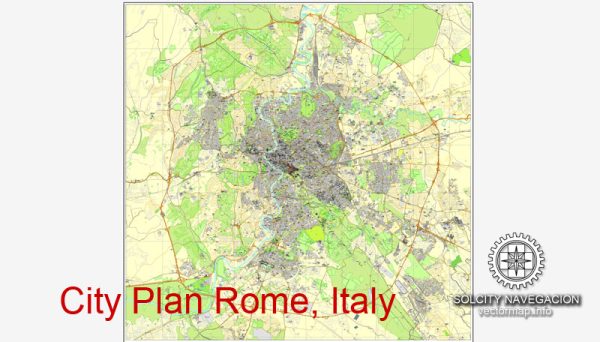
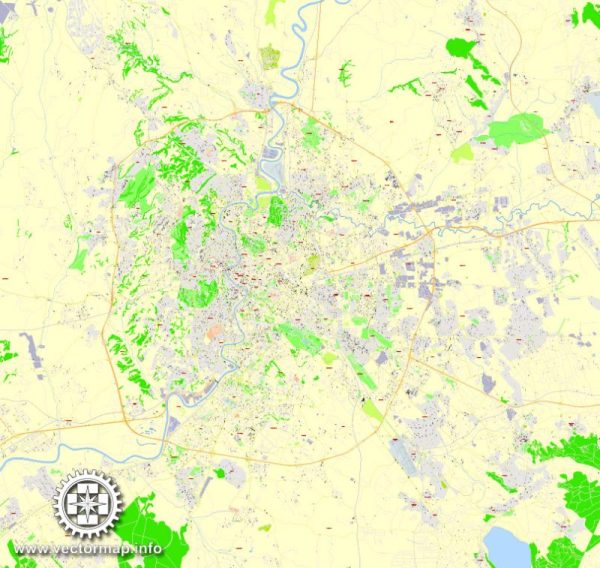
 Author: Kirill Shrayber, Ph.D.
Author: Kirill Shrayber, Ph.D.